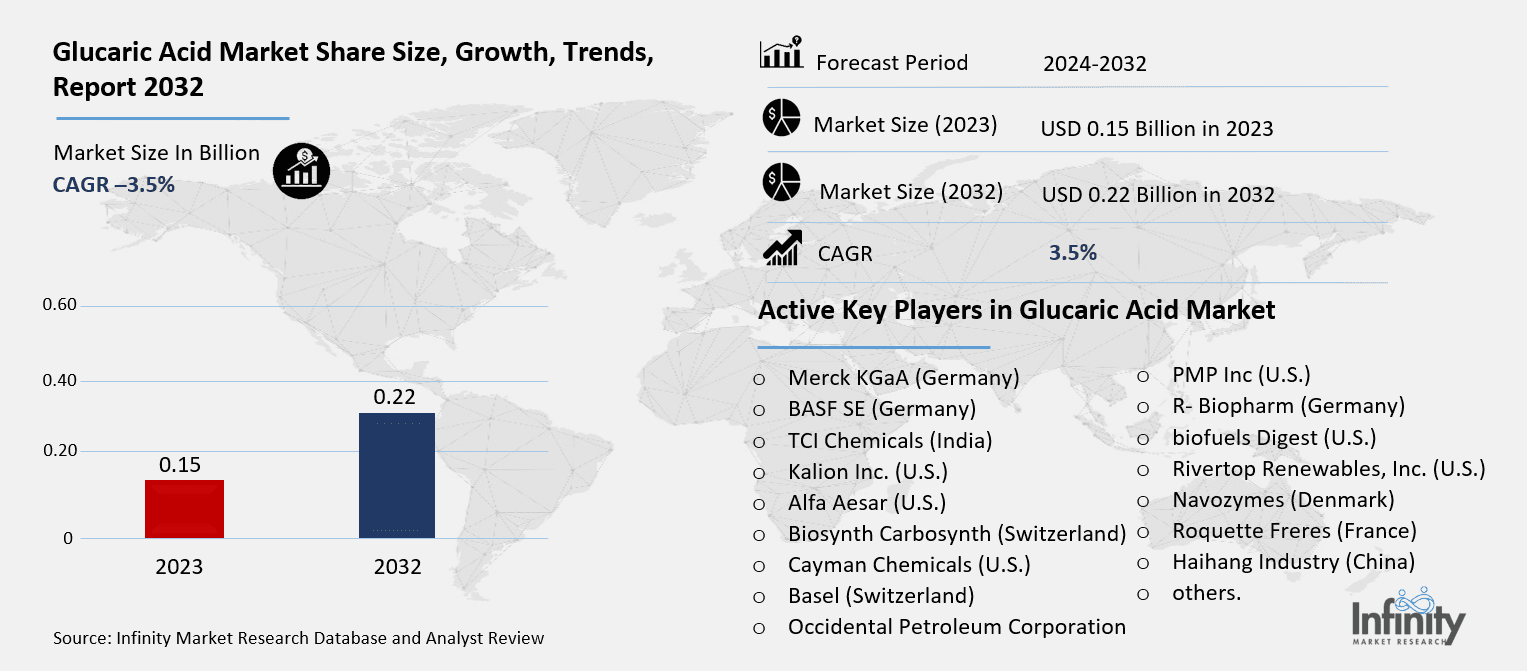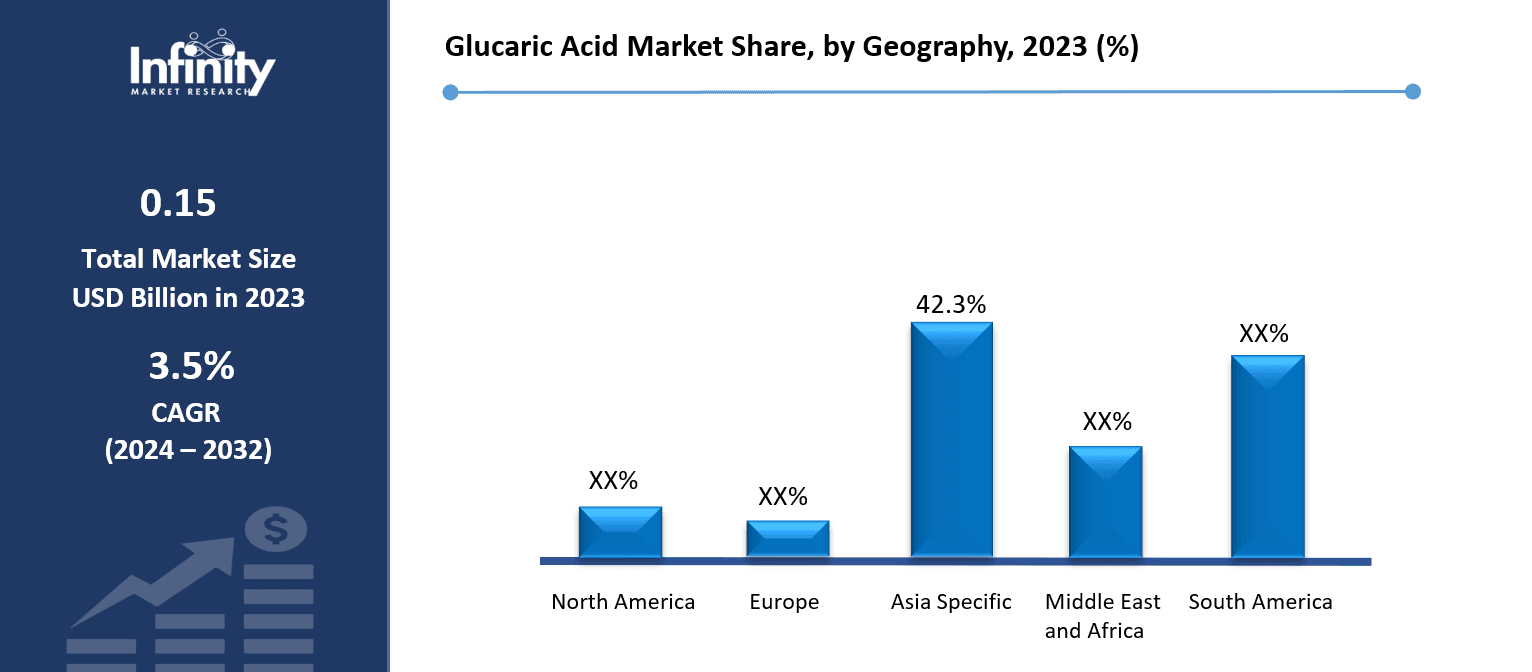
🔐 Secure Payment Guaranteed
Safe checkout with trusted global payment methods.
🌟 Why Choose Infinity Market Research?
At Infinity Market Research, we dont just deliver data — we deliver clarity, confidence, and competitive edge.
In a world driven by insights, we help businesses unlock the infinite potential of informed decisions.
Here why global brands, startups, and decision-makers choose us:
Industry-Centric Expertise
With deep domain knowledge across sectors — from healthcare and technology to manufacturing and consumer goods — our team delivers insights that matter.
Custom Research, Not Cookie-Cutter Reports
Every business is unique, and so are its challenges. Thats why we tailor our research to your specific goals, offering solutions that are actionable, relevant, and reliable.
Data You Can Trust
Our research methodology is rigorous, transparent, and validated at every step. We believe in delivering not just numbers, but numbers that drive real impact.
Client-Centric Approach
Your success is our priority. From first contact to final delivery, our team is responsive, collaborative, and committed to your goals — because you re more than a client; you re a partner.
Recent Reports
Global Myopia Control Lenses Market Report 2025-33
Hyaluronic Acid-based Dermal Fillers Market Report
Glucaric Acid Market
Glucaric Acid Market Global Industry Analysis and Forecast (2024-2032) By Product (Pure Glucaric Acid, Calcium D-Glucarate, Potassium Sodium D-glucarate, D-glucaric acid,1-4-lactone,Others),By Application(Food Ingredients, Detergents, Corrosion Inhibitors,De-icing applications ,Others) and Region
Feb 2025
Chemicals and Materials
Pages: 138
ID: IMR1806
Glucaric Acid Market Synopsis
Glucaric Acid Market Size Was Valued at USD 0.15 Billion in 2023, and is Projected to Reach USD 0.22 Billion by 2032, Growing at a CAGR of 3.5% From 2024-2032.
Driven by its increasing demand as a green substitute for conventional chemicals across many sectors, the glucaric acid market has seen notable expansion recently. Found in fruits and vegetables, the naturally occurring chemical glucaric acid is mostly formed from glucose and has non-toxic and biodegradable characteristics. Its excellent chelating properties make it essential in uses including detergents, corrosion inhibitors, food additives, and water treatment systems.
The increasing focus on sustainability and environmental protection is one of the main elements driving the growth of the market. As more regulatory pressures force manufacturers to restrict the use of phosphates and other harmful chemicals in detergents and cleaning products, they are looking to glucaric acid as a safer and more ecologically friendly substitute. Its ability to lower water hardness and increase cleaning efficiency makes it a desirable component in both home and business cleaning supplies.
Glucaric acid is becoming more and more well-known as a food additive in the food and beverage sector because of its possible health advantages, which include its capacity to control cholesterol levels and assist liver detoxification. The demand for functional food products with clear labels further drives its acceptance in this industry. Furthermore, helping to drive the compound's market expansion is its use as a corrosion inhibitor in the building and automotive sectors.
Glucaric Acid Market Outlook, 2023 and 2032: Future Outlook

Glucaric Acid Market Trend Analysis
Trend: Growing Demand for Bio-Based Chemicals and Sustainable Products
The rising environmental concerns and the trend toward sustainable practices have greatly boosted the demand for bio-based compounds, particularly glucaric acid. Derived from natural resources such as glucose, glucaric acid is increasingly regarded as a green alternative to typical petrochemical-based products. Its biodegradable nature and non-toxic profile make it extremely ideal for applications in detergents, cleaning agents, and food preservatives. As industry and consumers become more environmentally conscious, the adoption of glucaric acid as a sustainable solution is gaining traction.Additionally, governments and regulatory organizations worldwide are encouraging the shift toward bio-based products through favorable legislation and financing for research programs. The acceptance of glucaric acid is also spurred by its adaptability in many industries, such as building and water treatment, where eco-friendly alternatives are becoming vital. The push for circular economy models and severe environmental laws is projected to further strengthen the glucaric acid market as organizations attempt to satisfy sustainability targets and decrease their carbon impact.
Drivers: Increased Adoption in Detergents and Cleaning Agents
One major force behind market expansion is the increasing acceptance of glucaric acid in cleaning products and detergents. Glucaric acid, obtained from renewable sources like glucose, is rising as a sustainable substitute for conventional chemicals as consumers search for environmentally friendly and biodegradable products more and more. Because of its superior chelating qualities, it can effectively eliminate hard water ions, thereby enhancing the cleaning power of detergents without the need for phosphate-based additives. Strict environmental rules meant to lower phosphate pollution—a threat to aquatic ecosystems—help to speed this change.Apart from its environmental friendliness, glucaric acid has practical advantages that help in its increasing acceptance. Its function as a corrosion inhibitor qualifies it for usage in both home and industrial cleaning products. Manufacturers are also looking into its possibilities to lower dangerous chemical content and increase product efficiency. The need for glucaric acid is predicted to expand as detergent and cleaning product formulations give green chemistry top priority, so supporting market expansion in the next years.
Restraints: High Production Costs
The great production cost of glucaric acid is one of the main limitations stopping the expansion of the market. The conventional methods of producing glucaric acid include costly catalysts and complicated chemical reactions, with which manufacturing costs are raised. Furthermore, the stages of extraction and purification required to obtain high-purity glucaric acid significantly increase the financial burden for producers. These economic considerations can make glucaric acid less competitive than more traditional substitutes, which limits its acceptance in many different sectors, including food additives and detergents.Furthermore, the scarcity of reasonably priced raw materials for glucaric acid manufacture exacerbates the problem. Using renewable fuels like glucose from corn calls for advanced processing techniques and raises running costs. Even with the increasing emphasis on sustainability practices and bio-based chemicals, reaching economies of scale remains a major obstacle. Dealing with these high production costs will lead to more market growth and economic viability if technology improves and better synthesis techniques are used.
Opportunities: Advancements in Production Technologies
Development in production methods presents one of the most exciting prospects in the Glucaric Acid market, especially with regard to the creation of reasonably priced and effective manufacturing techniques. Conventional techniques of glucaric acid synthesis sometimes entail complicated chemical synthesis, which can be costly and ecologically demanding. More sustainable manufacturing techniques are nonetheless made possible by current biotechnology developments, including the use of modified microbes and enzymatic techniques. These developments not only lower manufacturing costs but also diminish the environmental impact, so glucaric acid becomes a more appealing choice for several uses in industry.Additionally, ongoing research on fermentation-based methods offers a great chance to make glucaric acid more commercially viable. Higher yield rates and improved scalability made possible by these technologies help to meet demand from sectors including food, detergents, and medications by means of superior scalability. Manufacturers will have the chance to increase their product offers, enter developing markets, and satisfy the rising demand for bio-based chemicals in a range of uses as production technologies get more polished and efficient.
Glucaric Acid Market Segment Analysis
Glucaric Acid Market Segmented on the basis of By Product and By Application
By Product Type
o Pure Glucaric Acid,
o Calcium D-Glucarate
o Potassium Sodium D-glucarate
o D-glucaric acid
o 1-4-lactone
o Others
By Application
o Food Ingredients
o Detergents
o Corrosion Inhibitors
o De-icing applications
o Others
By Region
o North America (U.S., Canada, Mexico)
o Eastern Europe (Bulgaria, The Czech Republic, Hungary, Poland, Romania, Rest of Eastern Europe)
o Western Europe (Germany, UK, France, Netherlands, Italy, Russia, Spain, Rest of Western Europe)
o Asia Pacific (China, India, Japan, South Korea, Malaysia, Thailand, Vietnam, The Philippines, Australia, New-Zealand, Rest of APAC)
o Middle East & Africa (Turkey, Bahrain, Kuwait, Saudi Arabia, Qatar, UAE, Israel, South Africa)
o South America (Brazil, Argentina, Rest of SA)
By Product, Pure Glucaric Acid segment is expected to dominate the market during the forecast period
The Glucaric Acid market is segmented into Pure Glucaric Acid, Calcium D-Glucarate, Potassium Sodium D-Glucarate, D-Glucaric Acid 1-4-Lactone, and Others. Among these, Calcium D-Glucarate holds significant importance due to its widespread use in nutritional supplements and health products, particularly for detoxification purposes. D-Glucaric Acid 1-4-Lactone is becoming more popular in the food and drug industries because it is an antioxidant and has other useful properties. Furthermore, becoming increasingly important ingredients in detergent formulations and chemical manufacture are pure glucaric acid and potassium sodium D-glucarate.
Rising demand for biodegradable and bio-based chemicals is boosting the acceptance of these goods in food, pharmaceuticals, and household care among other sectors. Manufacturers are concentrating on raising production efficiency and widening product ranges as more governments encourage environmentally friendly components. Furthermore projected to help the expansion of the market are the development of creative applications in fields such as polymer synthesis and water treatment.
By Application, Food Ingredients segment expected to held the largest share
Driven by growing demand for bio-based and environmentally friendly solutions, the glucaric acid market is seeing notable expansion in many different uses. Glucaric acid is widely used as an ingredient and additive in food because it is safe and good for you, possibly helping lower cholesterol.Agencies such as the FDA have approved glucaric acid as a generally recognized as safe (GRAS) compound.
Due to the great chelating qualities of glucaric acid, which reduce water hardness and increase cleaning efficiency, the detergent sector holds a significant portion of the market. It is also becoming more and more well-liked as a green replacement for the environmentally damaging phosphate-based detergents. Glucaric acid also finds uses as a corrosion inhibitor in the industrial sector, therefore improving the metal component's lifetime. While other niche uses are still expanding as studies into its adaptable qualities increase, its use in de-icing applications for roads and airport runways is only beginning.
Glucaric Acid Market Regional Insights
Asia Pacific is Expected to Dominate the Market Over the Forecast period
Rising demand for environmentally friendly chemicals and bio-based goods across major sectors such as detergents, food, beverages, and buildings is expected to drive the Asia-Pacific region, leading the worldwide glucaric acid market. In nations like China, India, and Japan, rapid industrialization and urbanization have driven the need for sustainable solutions to handle environmental issues. Manufacturers in this area are also choosing biodegradable and non-toxic substitutes in response to rising knowledge of green chemistry and strict environmental rules, hence increasing the need for glucaric acid. Furthermore, projected to drive market development in the Asia-Pacific is the expansion of the food and beverage industry, together with higher spending in research and development for creative bio-based goods. A competitive edge for the area comes from its affordable manufacturing capacity, excellent availability of raw materials, and government support of sustainable production techniques. Rising consumer knowledge of environmental problems will cause the Asian- Pacific glucaric acid market to expand significantly over the projected period.
Glucaric Acid Market Share, by Geography, 2023 (%)

Active Key Players in the Glucaric Acid Market
o Merck KGaA (Germany)
o BASF SE (Germany)
o TCI Chemicals (India)
o Kalion Inc. (U.S.)
o Alfa Aesar (U.S.)
o Biosynth Carbosynth (Switzerland)
o Cayman Chemicals (U.S.)
o Basel (Switzerland)
o Occidental Petroleum Corporation (U.S.)
o PMP Inc (U.S.)
o R-Biopharm (Germany)
o biofuels Digest (U.S.)
o Rivertop Renewables, Inc. (U.S.)
o Navozymes (Denmark)
o Roquette Freres (France)
o Haihang Industry (China)
o others.
Global Glucaric Acid Market Scope
|
Global Glucaric Acid Market | |||
|
Base Year: |
2023 |
Forecast Period: |
2024-2032 |
|
Historical Data: |
2017 to 2023 |
Market Size in 2023: |
USD 0.15 Billion |
|
Forecast Period 2024-32 CAGR: |
3.5% |
Market Size in 2032: |
USD 0.22 Billion |
|
Segments Covered: |
By Product |
· Pure Glucaric Acid, · Calcium D-Glucarate · Potassium Sodium D-glucarate · D-glucaric acid · 1-4-lactone · Others | |
|
By Application |
· Food Ingredients · Detergents · Corrosion Inhibitors · De-icing applications · Others | ||
|
By Region |
· North America (U.S., Canada, Mexico) · Eastern Europe (Bulgaria, The Czech Republic, Hungary, Poland, Romania, Rest of Eastern Europe) · Western Europe (Germany, UK, France, Netherlands, Italy, Russia, Spain, Rest of Western Europe) · Asia Pacific (China, India, Japan, South Korea, Malaysia, Thailand, Vietnam, The Philippines, Australia, New-Zealand, Rest of APAC) · Middle East & Africa (Turkey, Bahrain, Kuwait, Saudi Arabia, Qatar, UAE, Israel, South Africa) · South America (Brazil, Argentina, Rest of SA) | ||
|
Key Market Drivers: |
· Increased Adoption in Detergents and Cleaning Agents | ||
|
Key Market Restraints: |
· High Production Costs | ||
|
Key Opportunities: |
· Advancements in Production Technologies | ||
|
Companies Covered in the report: |
· Merck KGaA (Germany), BASF SE (Germany), TCI Chemicals (India), Kalion Inc. (U.S.), Alfa Aesar (U.S.), Biosynth Carbosynth (Switzerland), Cayman Chemicals (U.S.), Basel (Switzerland), Occidental Petroleum Corporation (U.S.), PMP Inc (U.S.), R-Biopharm (Germany), biofuels Digest (U.S.), Rivertop Renewables, Inc. (U.S.), Novozymes (Denmark), Roquette Freres (France), Haihang Industry (China), others. | ||
📘 Frequently Asked Questions
1. What would be the forecast period in the Glucaric Acid Market research report?
Answer: The forecast period in the Glucaric Acid Market research report is 2024-2032.
2. Who are the key players in the Glucaric Acid Market?
Answer: Merck KGaA (Germany), BASF SE (Germany), TCI Chemicals (India), Kalion Inc. (U.S.), Alfa Aesar (U.S.), Biosynth Carbosynth (Switzerland), Cayman Chemicals (U.S.), Basel (Switzerland), Occidental Petroleum Corporation (U.S.), PMP Inc (U.S.), R-Biopharm (Germany), biofuels Digest (U.S.), Rivertop Renewables, Inc. (U.S.), Novozymes (Denmark), Roquette Freres (France), Haihang Industry (China), others.
3. What are the segments of the Glucaric Acid Market?
Answer: The Glucaric Acid Market is segmented into By Product, Application and region. By Product (Pure Glucaric Acid, Calcium D-Glucarate, Potassium Sodium D-glucarate, D-glucaric acid,1-4-lactone,Others),By Application(Food Ingredients, Detergents, Corrosion Inhibitors,De-icing applications ,Others). By region, it is analyzed across North America (U.S.; Canada; Mexico), Eastern Europe (Bulgaria; The Czech Republic; Hungary; Poland; Romania; Rest of Eastern Europe), Western Europe (Germany; UK; France; Netherlands; Italy; Russia; Spain; Rest of Western Europe), Asia-Pacific (China; India; Japan; Southeast Asia, etc.), South America (Brazil; Argentina, etc.), Middle East & Africa (Saudi Arabia; South Africa, etc.).
4. What is the Glucaric Acid Market?
Answer: Glucaric acid, also known as saccharic acid, is a naturally occurring organic compound derived from the oxidation of glucose. It is found in various fruits, vegetables, and legumes, with notable concentrations in citrus fruits. This biodegradable and non-toxic acid is valued for its chelating, cleaning, and corrosion-inhibiting properties. Glucaric acid is commonly used in applications such as detergents, food additives, water treatment solutions, and corrosion inhibitors. Its eco-friendly nature and effectiveness in reducing environmental pollutants make it a sought-after ingredient in sustainable industrial processes.
5. How big is the Glucaric Acid Market?
Answer: Glucaric Acid Market Size Was Valued at USD 0.15 Billion in 2023, and is Projected to Reach USD 0.22 Billion by 2032, Growing at a CAGR of 3.5% From 2024-2032.


🔐 Secure Payment Guaranteed
Safe checkout with trusted global payment methods.
🌟 Why Choose Infinity Market Research?
- Accurate & Verified Data:Our insights are trusted by global brands and Fortune 500 companies.
- Complete Transparency:No hidden fees, locked content, or misleading claims — ever.
- 24/7 Analyst Support:Our expert team is always available to help you make smarter decisions.
- Instant Savings:Enjoy a flat $1000 OFF on every report.
- Fast & Reliable Delivery:Get your report delivered within 5 working days, guaranteed.
- Tailored Insights:Customized research that fits your industry and specific goals.




